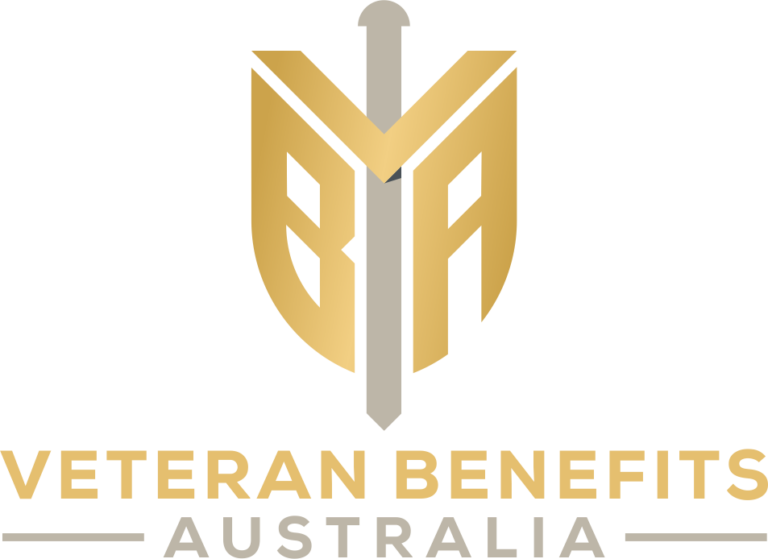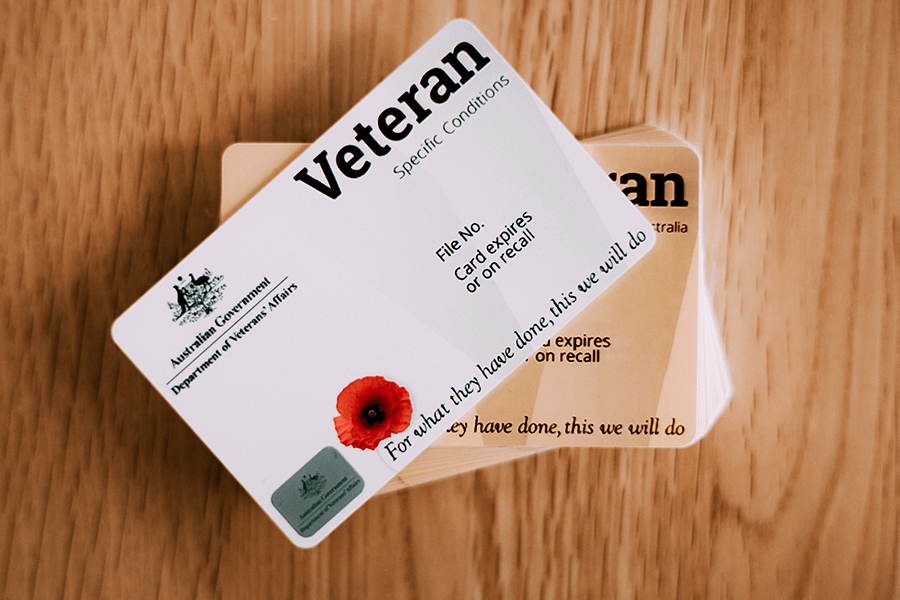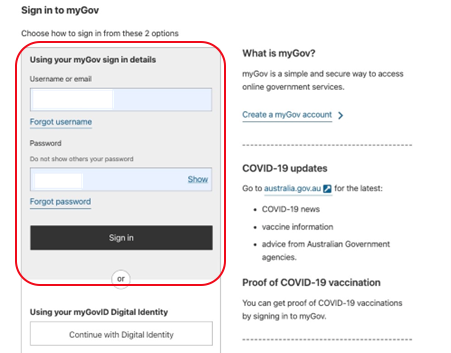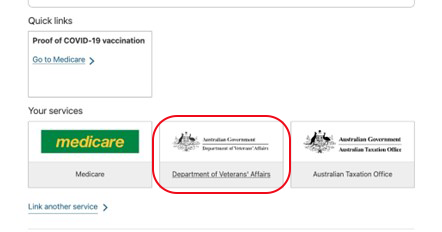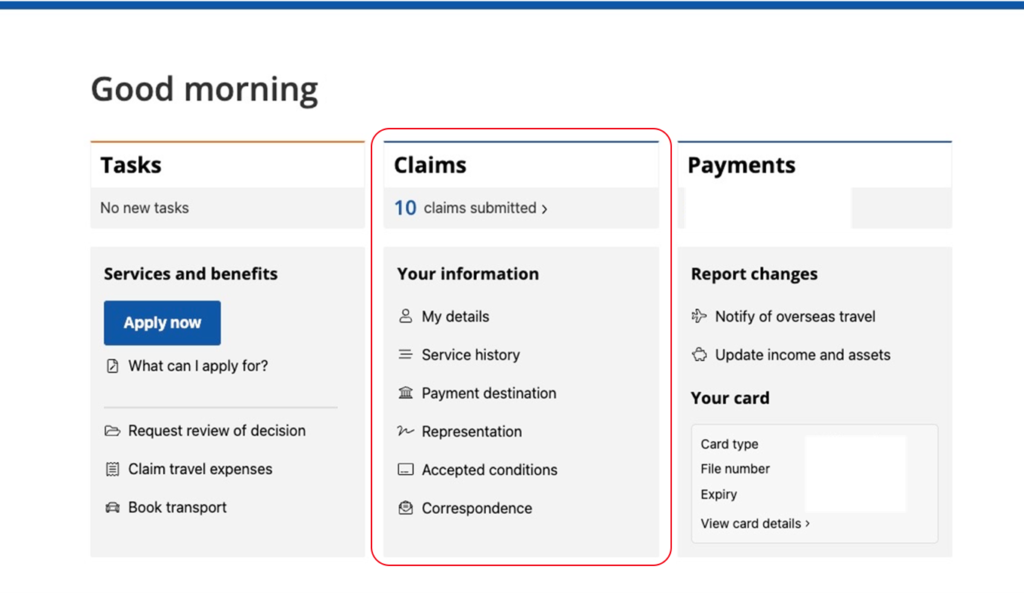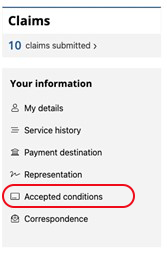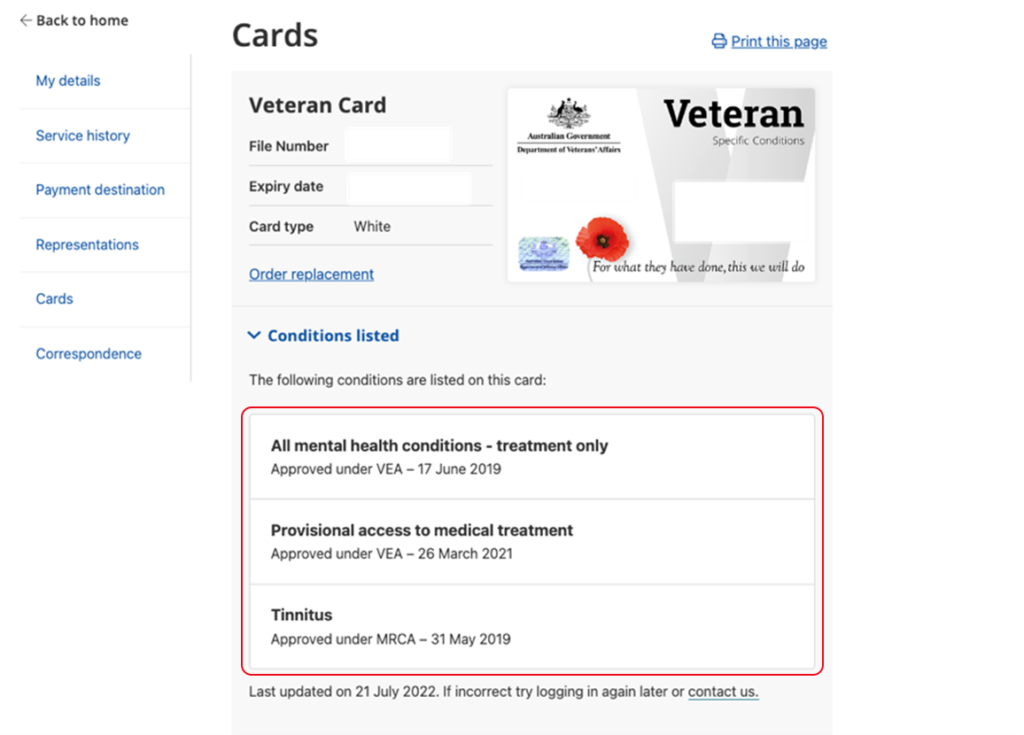Lower back pain is a prevalent issue among Australian veterans, often stemming from the physical demands of military service and the challenges of reintegration into civilian life. Addressing this pain requires more than a single-mode treatment; it necessitates a comprehensive approach that includes both physiotherapy and dietetics. This integrated strategy not only alleviates pain but also enhances overall well-being, enabling veterans to lead more fulfilling lives. The Got Your Back program aims to improve back pain for veterans through a multidisciplinary approach to care, education, exercise and other pain management strategies.
 The Role of Physiotherapy
The Role of Physiotherapy
Physiotherapy is a cornerstone in managing lower back pain, with treatments specifically tailored to address the unique needs of veterans. This form of therapy focuses on reducing pain, improving mobility, and strengthening the body’s core muscles which are crucial for spinal support. Techniques used in physiotherapy include:
- Manual Therapy: Soft tissue massage and joint manipulation to improve circulation and reduce muscle tension.
- Tailored Exercises: Custom exercises that strengthen core muscles and improve flexibility.
- Education: Guidance on proper posture and ergonomic principles to prevent further injury.
Integrating Dietetics
While physiotherapy addresses the physical aspects of back pain, dietetics plays a critical role in supporting these physical changes through nutrition. Key dietary strategies include:
Anti-inflammatory Foods: Incorporation of foods like fatty fish, leafy greens, and nuts to reduce inflammation.
Weight Management: Personalised meal plans that help maintain a healthy weight to reduce stress on the back.
Nutritional Support for Increased Activity: Adjustments in protein and carbohydrate intake to support increased physical activity.

The Synergy Between Physiotherapy and Dietetics
The combination of physiotherapy and dietetics offers a holistic approach to managing lower back pain. Examples of their integration include:
- Joint Consultations: Regular meetings between physiotherapists and dietitians to coordinate care and adjust treatment plans based on progress.
- Feedback Loops: Sharing of information on patient progress and responses to treatments, allowing for real-time adjustments to both physical exercises and dietary plans.
Impact on Veterans’ Lives
Veterans who participate in programs that incorporate both physiotherapy and dietetics report significant improvements, such as:
- Reduced Pain Levels: Effective pain management through coordinated care.
- Improved Mobility: Enhanced physical function, allowing for better engagement in daily activities.
- Increased Energy and Better Mood: Nutritional support contributes to overall well-being and mental health.
Implementing Solutions
For effective implementation of these combined treatments, several steps are critical:
- Collaborative Healthcare Environments: Facilities that promote teamwork between different health disciplines.
- Active Patient Engagement: Veterans taking an active role in their health by adhering to treatment recommendations and communicating with their care providers.
- Support from Community and Veteran Organizations: Groups providing additional resources and support to encourage participation in comprehensive care programs.
For Australian veterans, integrating physiotherapy and dietetics into their care regimen is not just about alleviating pain—it’s about reclaiming a life of quality and dignity. This comprehensive approach ensures that veterans receive the holistic support they need to manage their health effectively and sustainably. Through coordinated care, veterans are empowered to lead healthier, more active lives free from the constraints of chronic back pain.
We’ve Got Your Back
The Got Your Back program aims to improve back pain for veterans through a multidisciplinary approach to care, education, exercise and other pain management strategies. Utilising expertise from various health professionals, the program tailors specific and individualised treatment plans to help manage back pain with a veteran-centred approach.
To learn more about how this program can help you manage lower back pain, click the button below.

